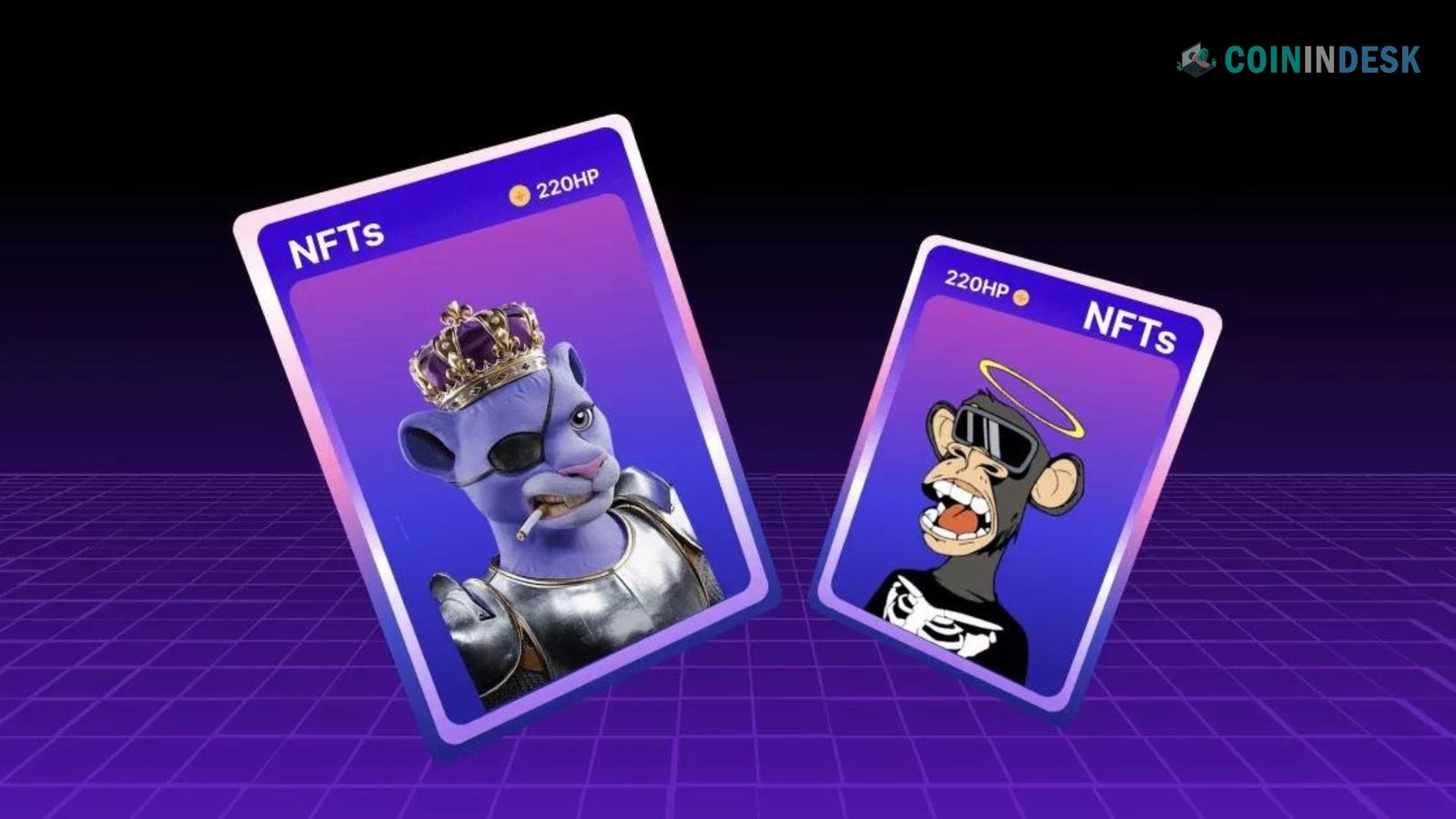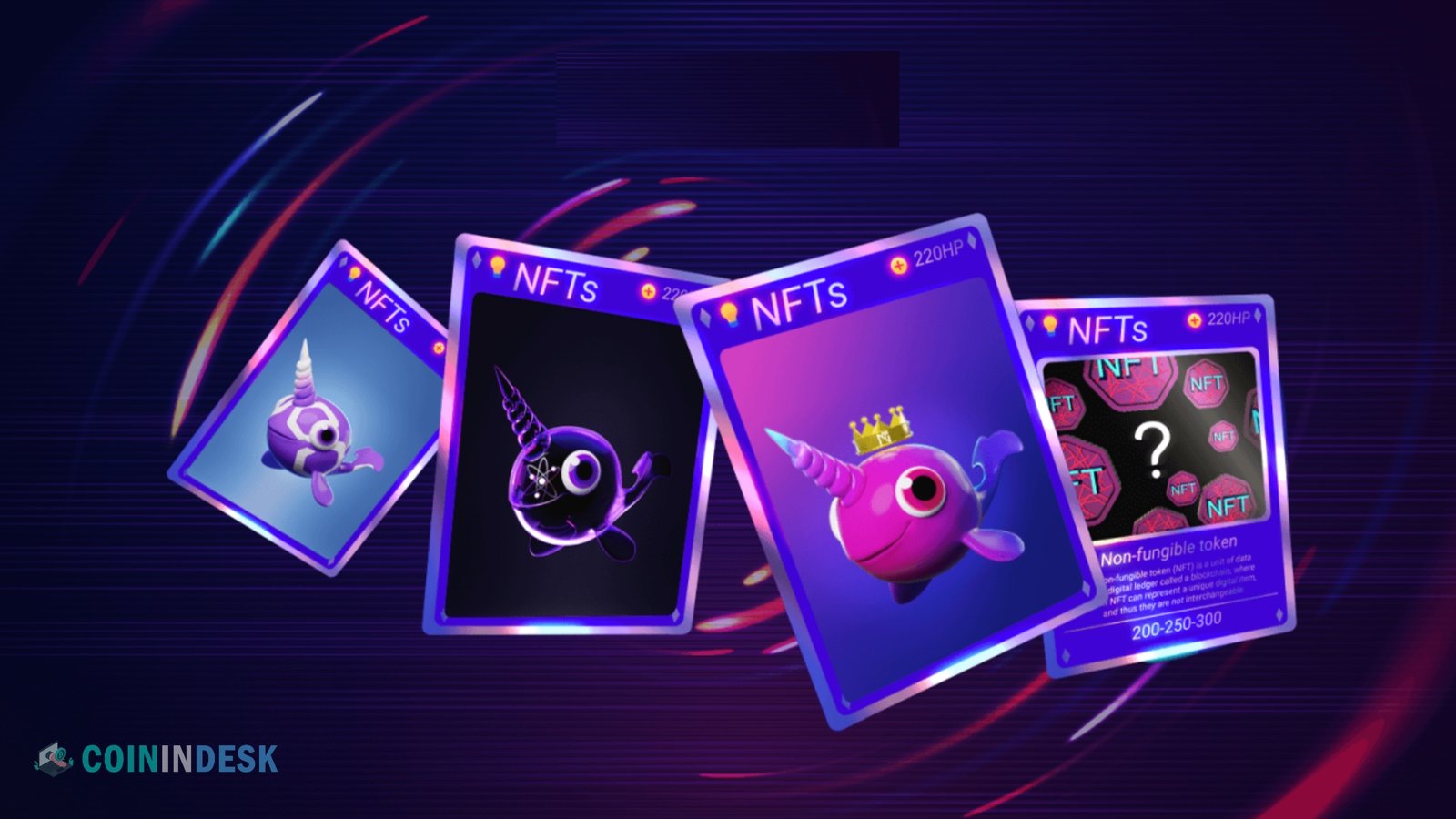NFT Trading Cards: Non-Fungible Tokens (NFTs) are changing the face of many industries, from the arts and music to video games and sports, in the dynamic landscape of digital assets. A fascinating development in this area is the increasing popularity of NFT trading cards. Not only are digital collectibles changing the face of the trading card industry, but they are also opening up new opportunities for producers, investors, and collectors.
The Origins of Trading Cards
Before delving into the NFT variation, it’s essential to understand the roots of trading cards. Traditional trading cards, whether sports, Pokémon, or Magic: The Gathering, have long been cherished by collectors for their rarity, cultural significance, and potential financial value. These cards are often valued based on factors such as condition, scarcity, and the popularity of the subject featured on the card.
However, the traditional trading card market has always been plagued by issues like counterfeiting, grading disputes, and the need for physical storage. While these challenges have been addressed to varying degrees, they remain inherent to the physical nature of traditional cards.
Enter the NFT Trading Card
NFT trading cards address many issues that have long troubled the physical card market. These cards are stored on the blockchain as digital assets, ensuring their provenance, authenticity, and ownership can be verified transparently and securely. Each NFT is unique (or one of a limited series) thanks to its metadata and smart contract, which gives collectors confidence in their purchases.
Moreover, NFT trading cards offer an entirely new dimension of interaction and utility. Unlike their physical counterparts, which are static, digital cards can be animated, embedded with multimedia, or tied to special in-game features. This interactivity adds layers of value and engagement that traditional cards cannot match.
The Market Boom
The surge in popularity of NFT trading cards can be traced back to a few key moments and platforms. One of the earliest and most significant was the launch of NBA Top Shot in 2020. Developed by Dapper Labs, NBA Top Shot allows users to buy, sell, and trade officially licensed NBA highlight clips packaged as NFTs, which they call “Moments.” The platform quickly gained traction, generating hundreds of millions of dollars in sales and attracting a new wave of collectors and investors.
Following NBA Top Shot’s success, other sports leagues, entertainment franchises, and independent creators began to explore the potential of NFT trading cards. Platforms like Sorare, which focuses on soccer, and ZED RUN, a digital horse racing game, expanded the concept further, offering unique takes on the NFT trading card model.
The appeal of NFT trading cards lies in their blend of nostalgia and innovation. For many collectors, these digital cards evoke the same excitement as opening a pack of physical cards, with the added thrill of discovering a rare or valuable item. At the same time, they represent a new frontier in digital ownership, where items can be traded, displayed, or even used in virtual worlds.
The Role of Community and Social Media
The growth of NFT trading cards has been fueled by the strong sense of community that surrounds these assets. Online forums, Discord groups, and social media platforms like Twitter have become central hubs where collectors discuss trends, share tips, and showcase their collections. This sense of community is further amplified by the decentralized nature of NFTs, which allows collectors to interact directly with creators and other collectors without intermediaries.
Social media has also played a crucial role in driving the virality of NFT projects. High-profile sales, celebrity endorsements, and influencer partnerships have all contributed to the market’s rapid growth. When a prominent figure purchases or promotes a specific NFT trading card, it can create a ripple effect, driving up demand and prices.
The Economics of NFT Trading Cards
From an economic standpoint, NFT trading cards function similarly to other NFTs and collectibles. The value of a card is often determined by its rarity, the subject’s popularity, and the creator’s or platform’s reputation. Limited edition drops, where a fixed number of cards are released, can create scarcity and drive up prices.
However, the NFT market is also highly speculative and can be volatile. Prices can fluctuate dramatically based on market trends, the popularity of the underlying blockchain, and broader economic factors. For some collectors and investors, this volatility is part of the allure, offering the potential for significant returns in a short period. However, it also carries substantial risks, particularly for those new to the market.
Another economic aspect is the creators’ ability to earn royalties on secondary sales of their NFT trading cards. Thanks to smart contracts, creators can embed a royalty percentage that ensures they receive a cut of future sales, providing a continuous income stream as the card changes hands. This feature is particularly appealing to artists and content creators, who traditionally do not benefit from the resale of their work.
Challenges and Criticisms
Despite their popularity, NFT trading cards are not without their challenges and criticisms. Environmental concerns have been a significant point of contention, given the high energy consumption associated with blockchain transactions, particularly on networks like Ethereum. Although efforts are underway to transition to more energy-efficient systems, the environmental impact remains a concern for many.
There are also questions about the market’s long-term sustainability. The hype surrounding NFTs has led to many projects that may not stand the test of time. We will likely see a shakeout as the market matures, with only the most robust and innovative projects enduring.
Additionally, accessibility remains a barrier for some potential collectors. Navigating the world of cryptocurrency wallets, gas fees, and blockchain transactions can be daunting for those unfamiliar with the technology. While platforms are working to simplify the process, there is still a learning curve that may deter some users.
The Future of NFT Trading Cards
Looking ahead, it’s easy to see that NFT trading cards are here to stay. They mark a sea change in our understanding of digital interactions, value, and ownership. As technology evolves, NFT trading cards will find even more creative applications, such as incorporating them into AR and VR experiences, creating new interactive storytelling, and enhancing gameplay.
Price stability and collector confidence may result from more regulation and standardization as the market develops. Another trend that could emerge, connecting actual and digital artifacts, is partnerships between established trading card firms and NFT platforms.
Finally, the digital revolution is changing the collectibles industry, and NFT trading cards are leading the charge. Whether you’re an old hand at collecting or just starting out, you’ll find something intriguing to watch in digital assets because of the special combination of nostalgia, innovation, and possibility they offer.


